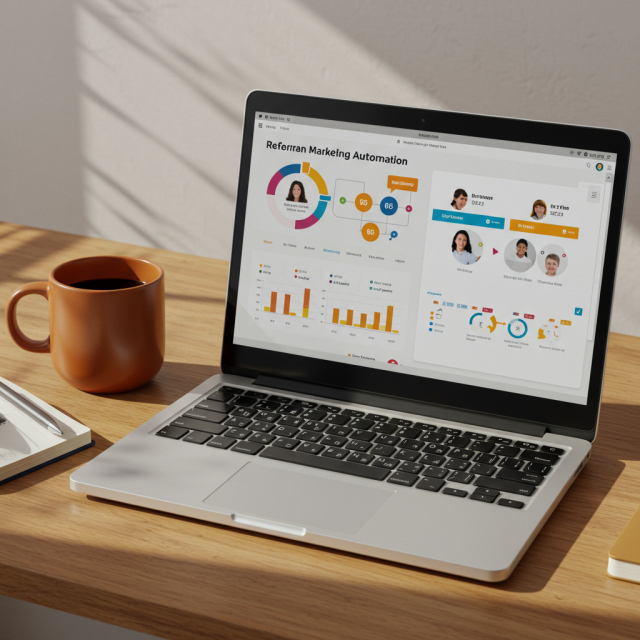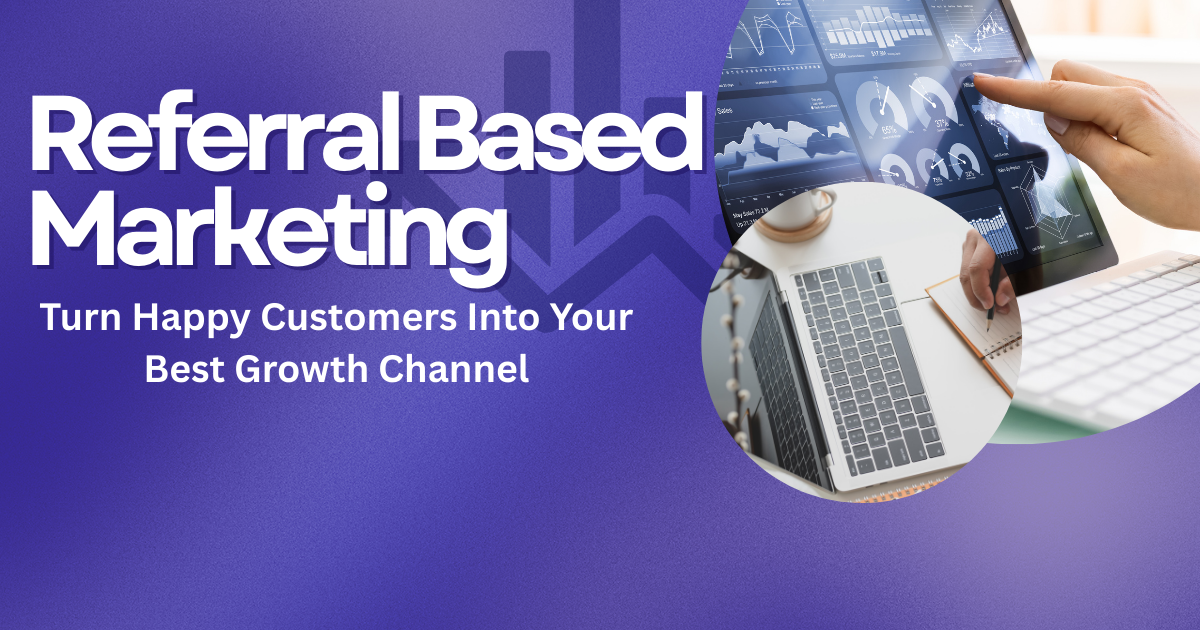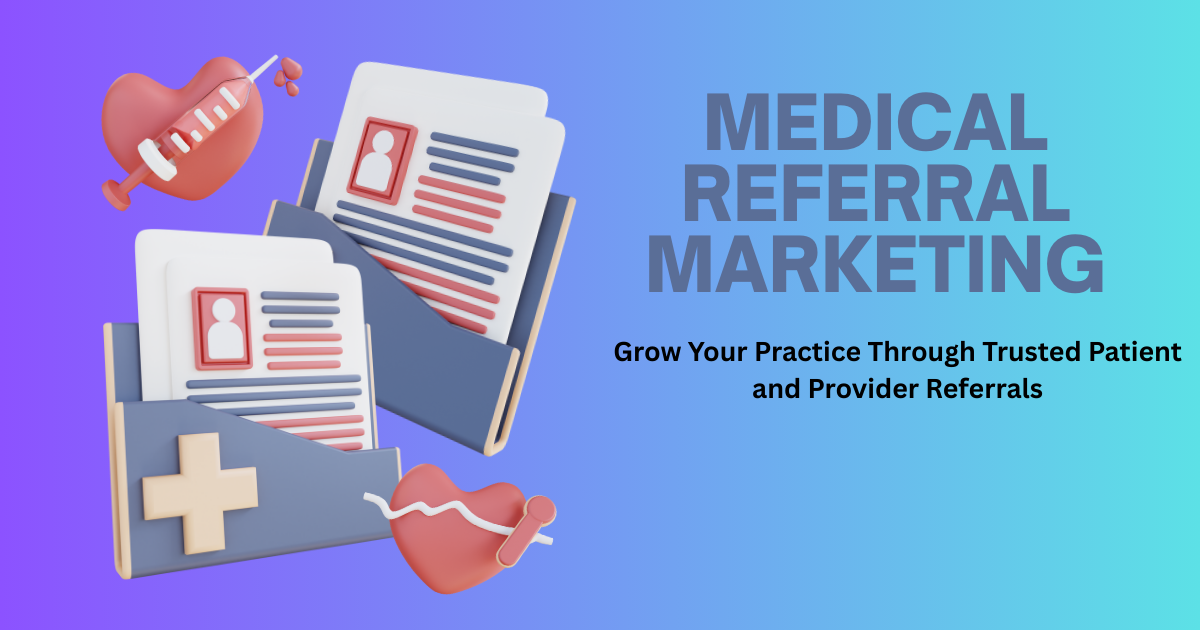Referral marketing remains one of the most cost-effective growth strategies in the digital age. By leveraging your existing customers as advocates, you can acquire high-quality leads at a fraction of the cost of traditional ads. However, managing a referral program manually can be time-consuming and error-prone. That’s where referral marketing automation comes in. In this article, we’ll explore how to implement smart workflows, select the right tools, and measure your ROI to maximize the impact of your program.
Why Automate Your Referral Marketing?
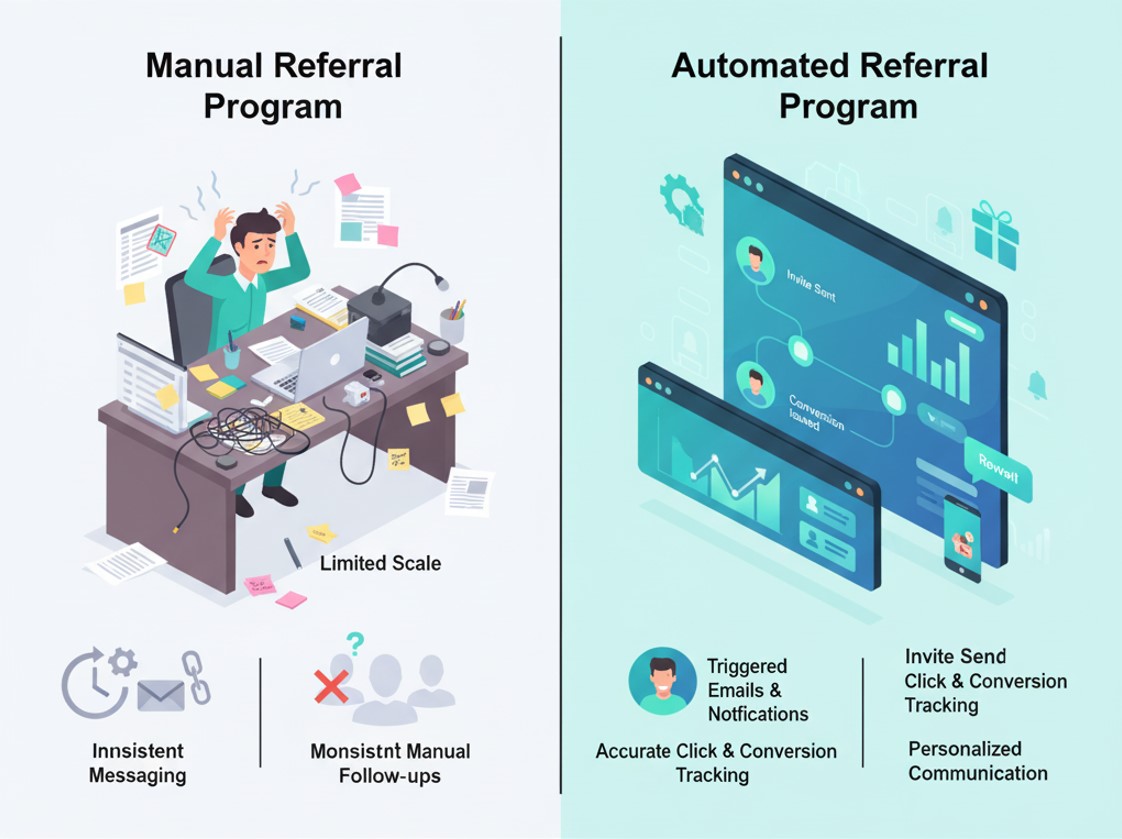
Manual referral programs often suffer from delays in tracking, inconsistent communication, and limited scalability. Automation addresses these challenges by:
- Streamlining the referral process with triggered emails and notifications
- Ensuring accurate tracking of referrals, clicks, and conversions
- Scaling your program without added manpower
- Maintaining personalized communication at scale
Choosing the Right Automation Tools
When selecting software for your referral program, consider the following criteria:
- Integration capabilities: Ensure the tool integrates seamlessly with your CRM, email service provider, and analytics platforms.
- Customizable workflows: Look for drag-and-drop editors that let you design triggers, conditions, and actions without coding.
- Real-time tracking and reporting: Choose solutions that provide comprehensive dashboards and exportable data.
- Scalability: Pick a platform that can handle increasing referral volume as your business grows.
Designing Effective Referral Workflows
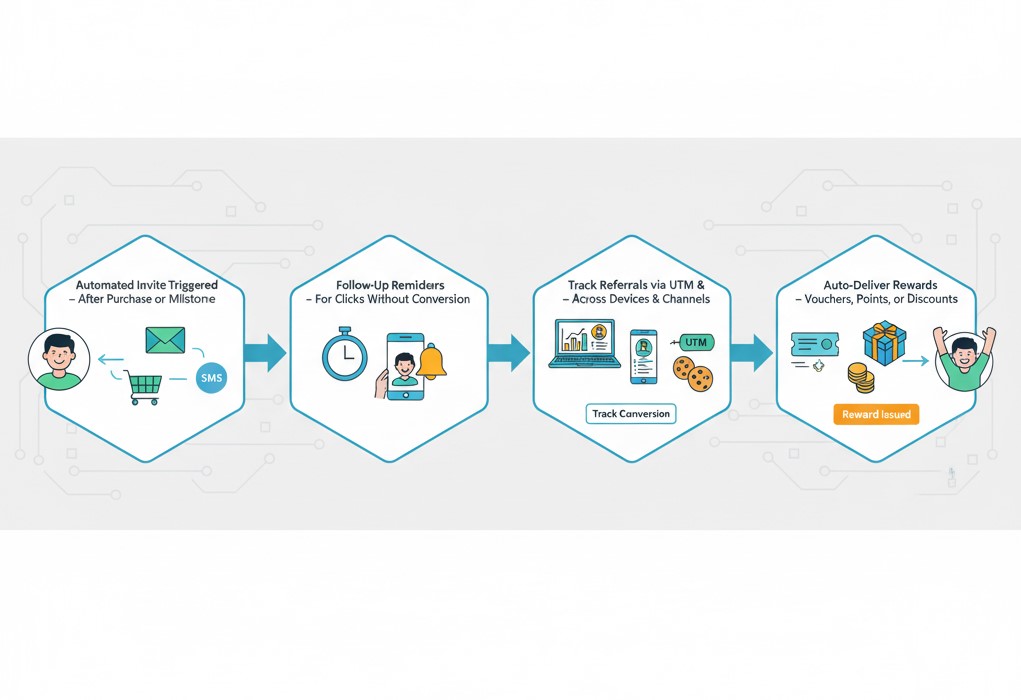
A well-designed workflow automates every stage of the referral journey, from invitation to reward fulfillment. Key steps include:
- Invite Stage: Automatically send referral invitations via email or SMS when a customer reaches a milestone, such as a purchase or subscription anniversary.
- Follow-Up: Trigger reminder messages for prospects who clicked but did not convert, using personalized incentives.
- Conversion Tracking: Use UTM parameters and cookies to track referrals seamlessly across channels and devices.
- Reward Distribution: Automatically issue vouchers, discount codes, or loyalty points once a referral converts, ensuring a timely and positive brand experience.
Measuring and Optimizing ROI
To ensure your referral program delivers results, track these key performance indicators (KPIs):
- Referral Conversion Rate
- Customer Acquisition Cost (CAC)
- Average Order Value from Referrals
- Referral Program ROI (Revenue generated vs. cost of rewards and software)
Regularly analyze your data to identify bottlenecks and test optimizations, such as different reward tiers or messaging formats.
Integrating Incentives and Gamification
Boost engagement by adding gamified elements to your referral program. Ideas include:
- Tiered Rewards: Offer escalating incentives based on the number of successful referrals.
- Leaderboards: Display top referrers to encourage friendly competition.
- Milestone Badges: Award digital badges for achieving referral goals, shareable on social media.
Best Practices and Common Pitfalls
Follow these guidelines to ensure a smooth and compliant program:
- Keep your messaging clear and transparent about eligibility and reward terms.
- Avoid overly complicated incentive structures that confuse customers.
- Ensure data privacy compliance by adhering to GDPR, CCPA, and other regulations.
- Monitor for fraudulent referrals and implement safeguards such as IP checks or unique referral codes.
Conclusion
Automating your referral marketing program allows you to efficiently scale, maintain personalized communication, and maximize your ROI. By selecting the right tools, designing smart workflows, and continuously optimizing your approach, you can turn your happiest customers into your most powerful advocates. Start implementing these strategies today to propel your growth through the power of referral marketing automation.
Learn more about: How to Use Social Media for Referral Marketing

